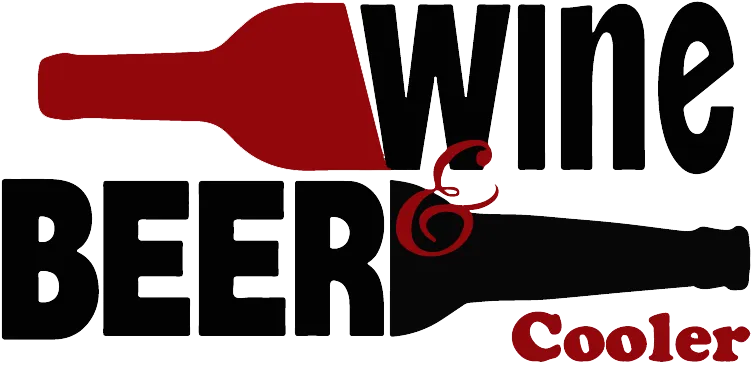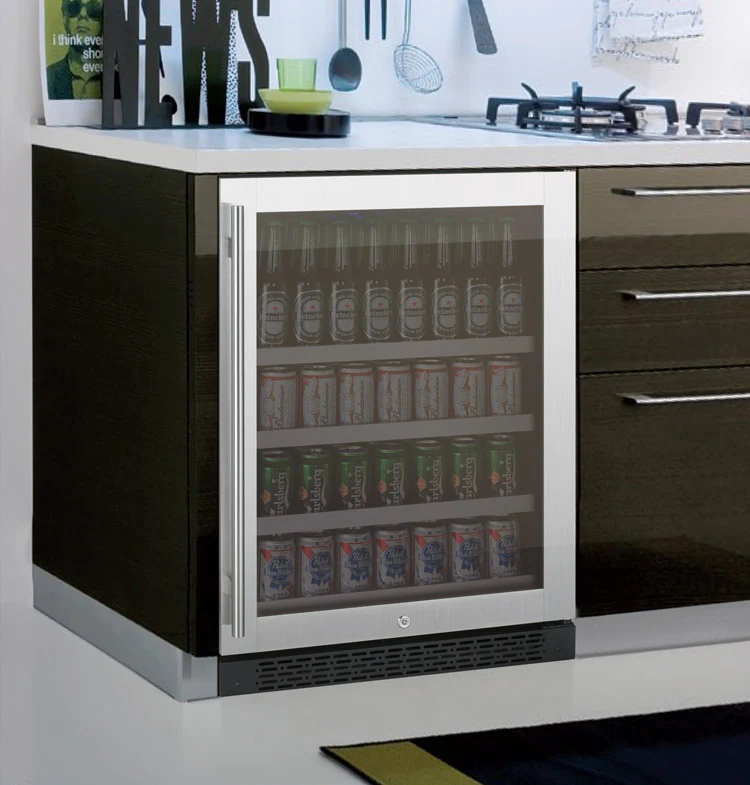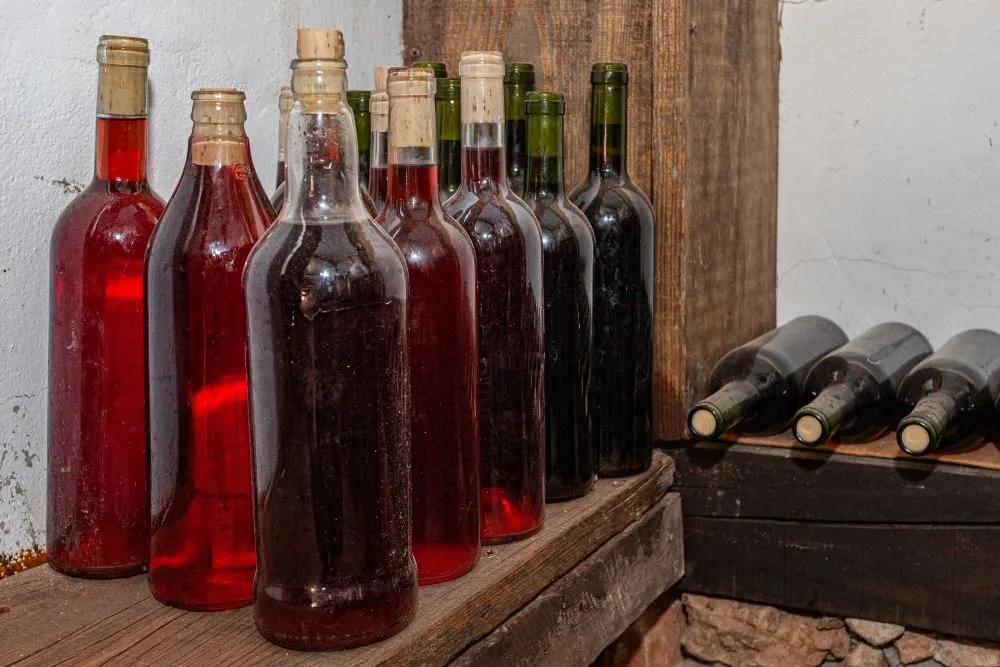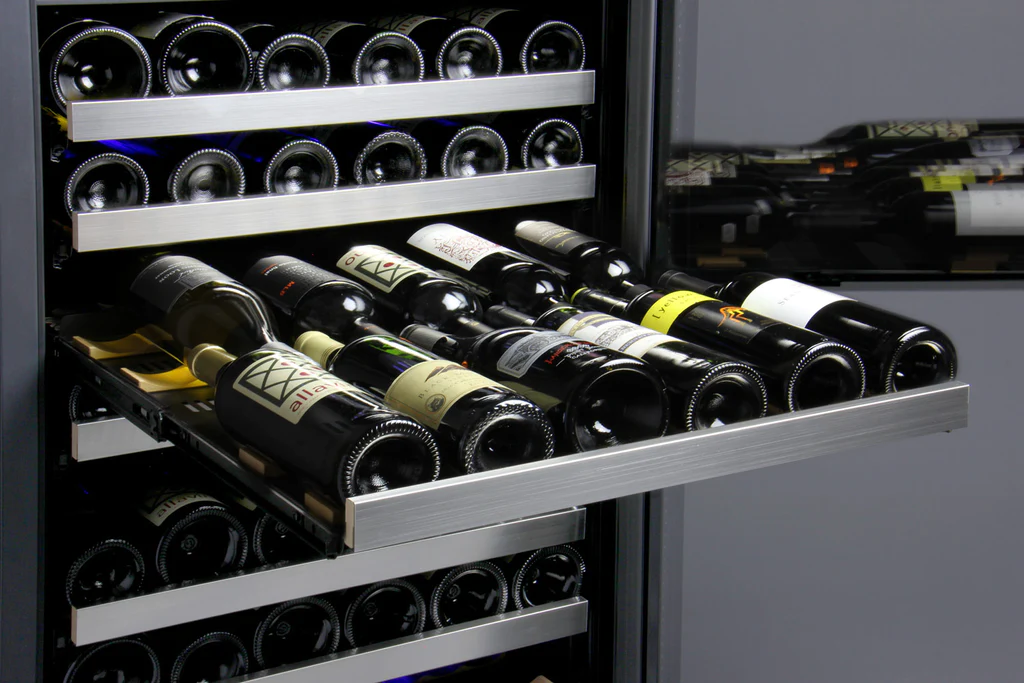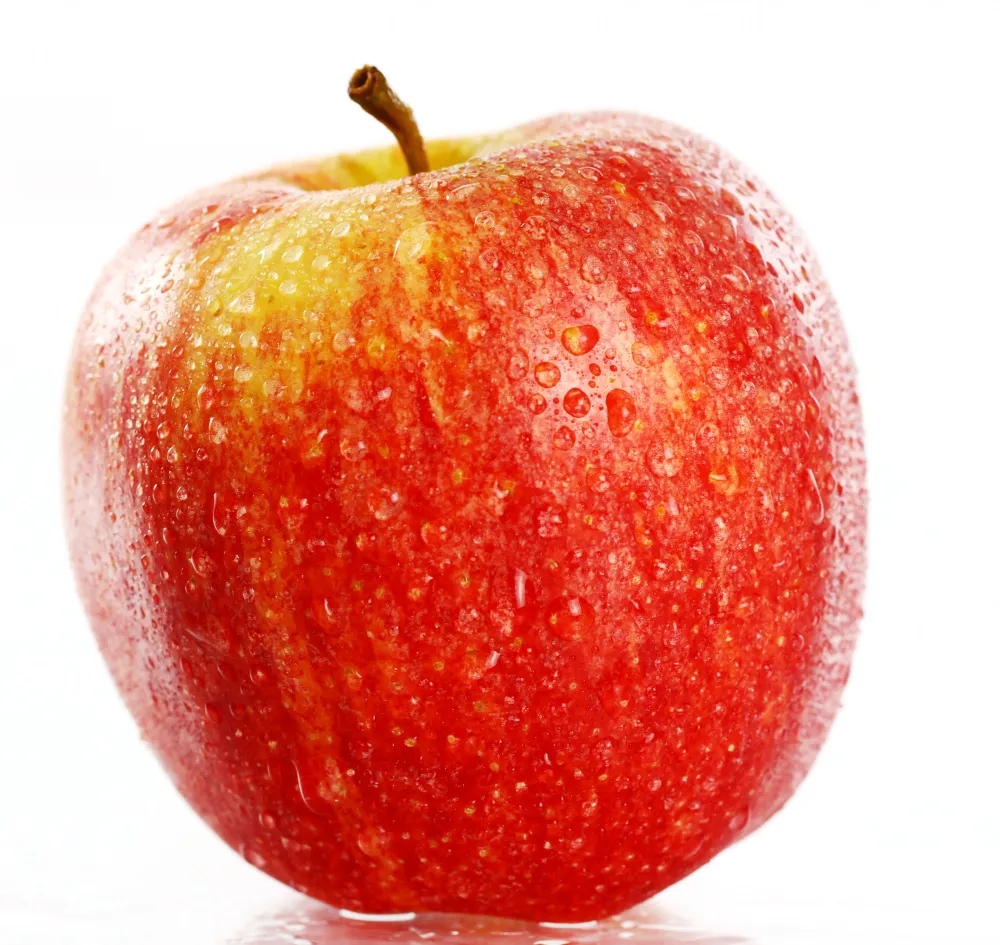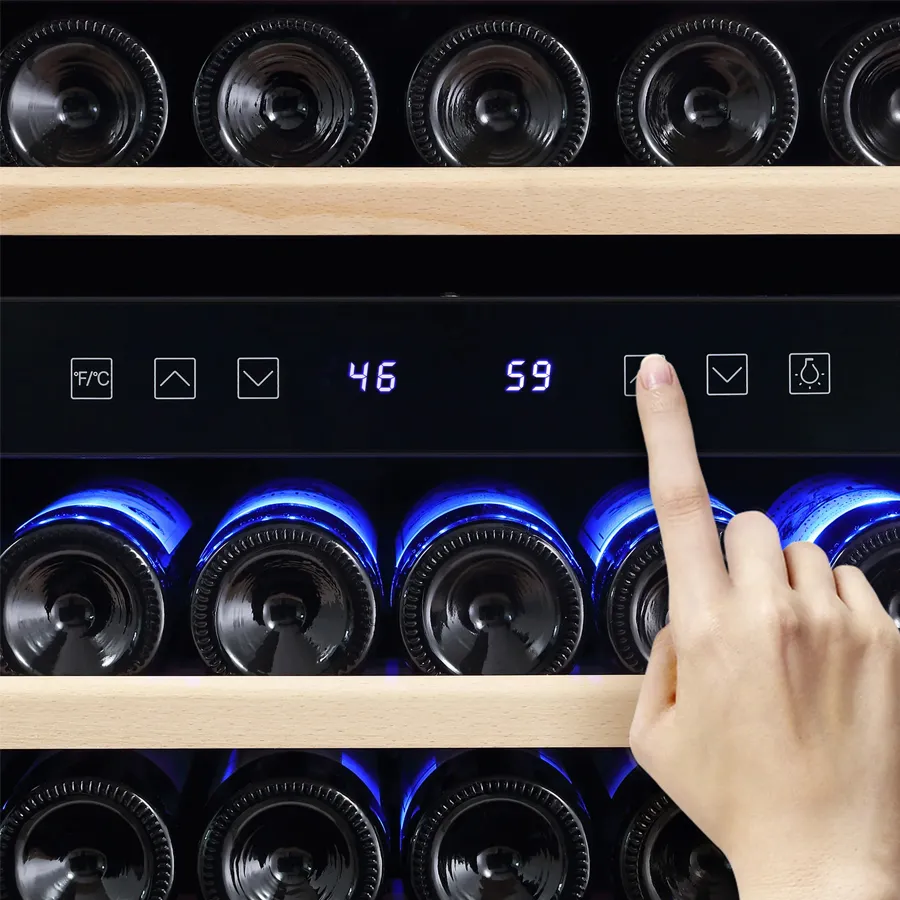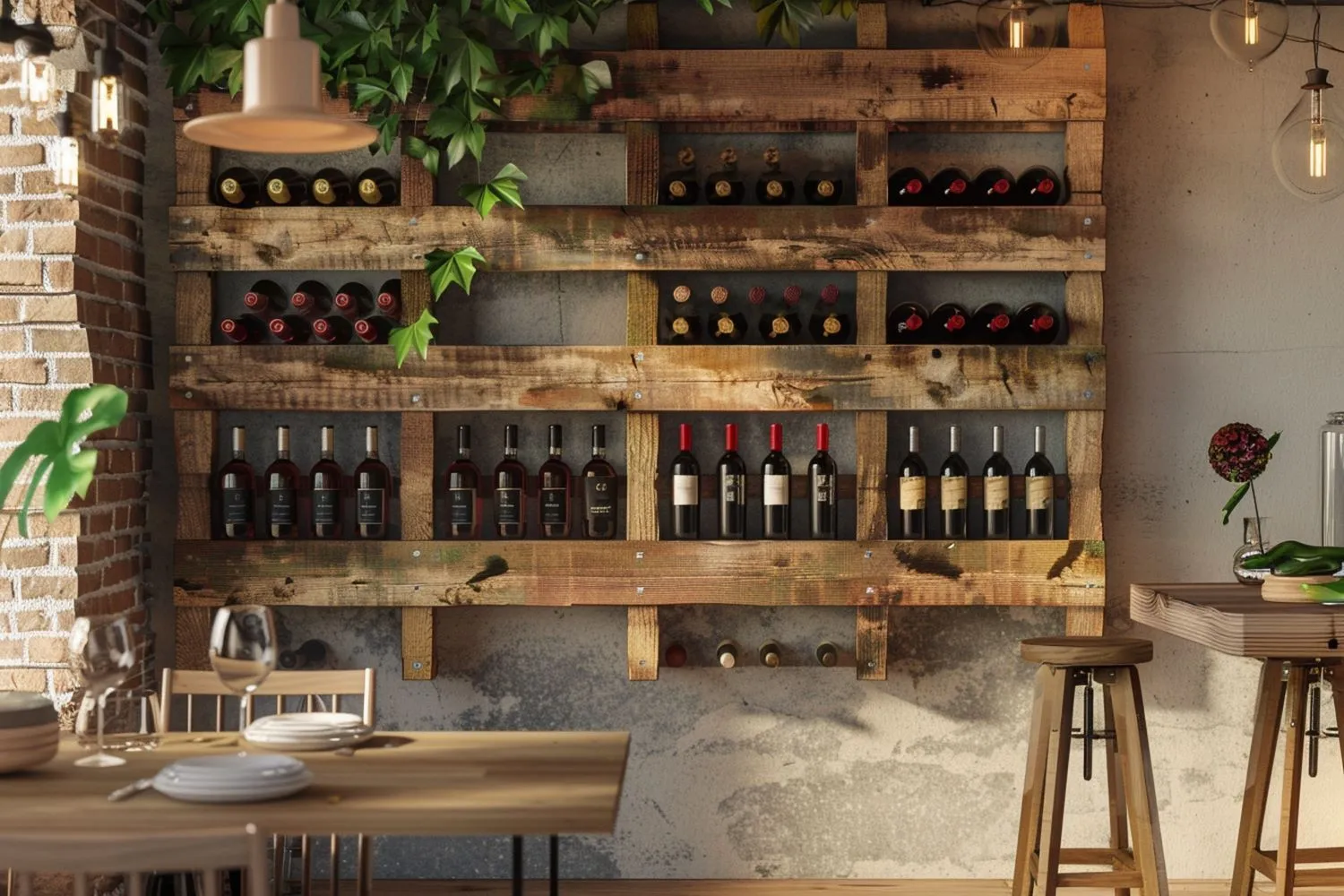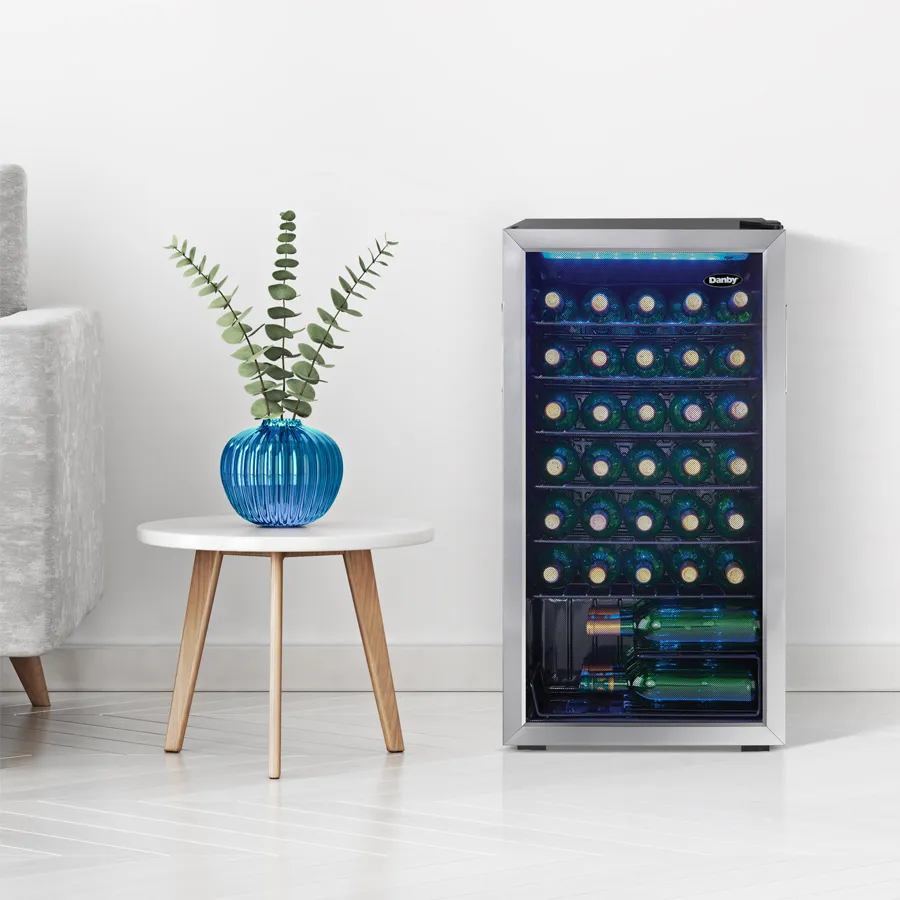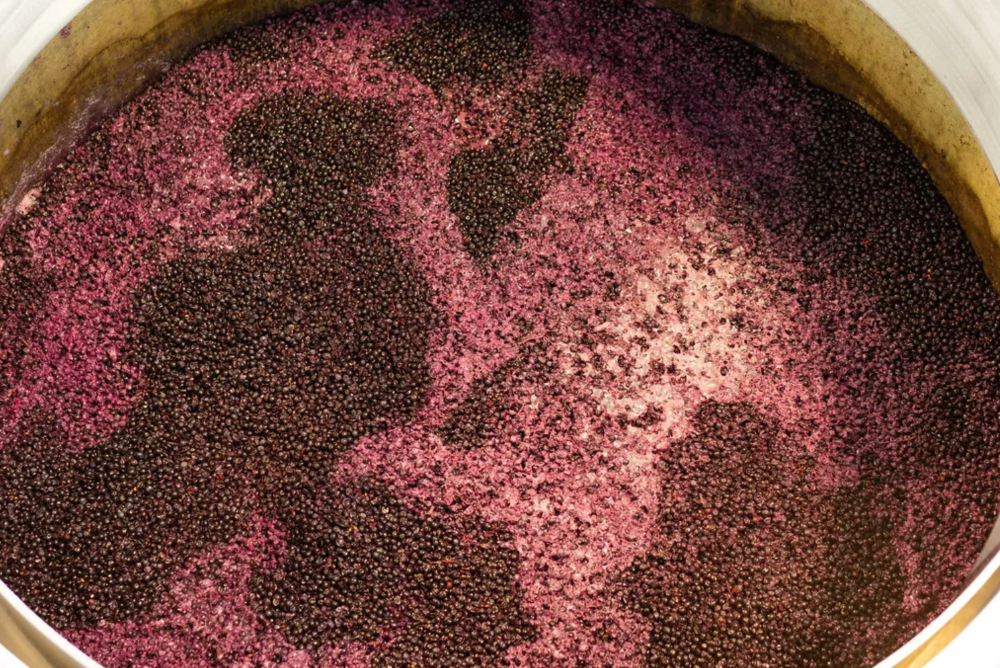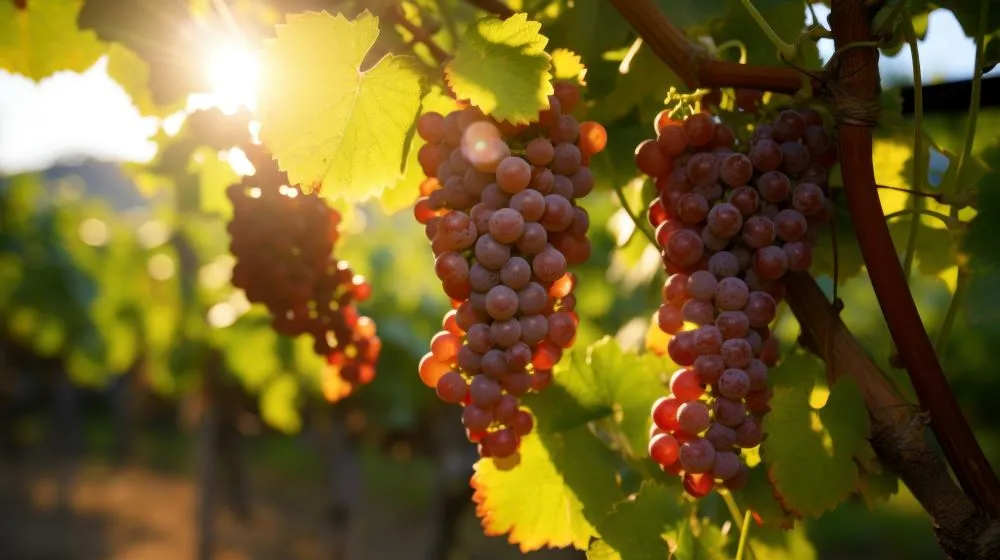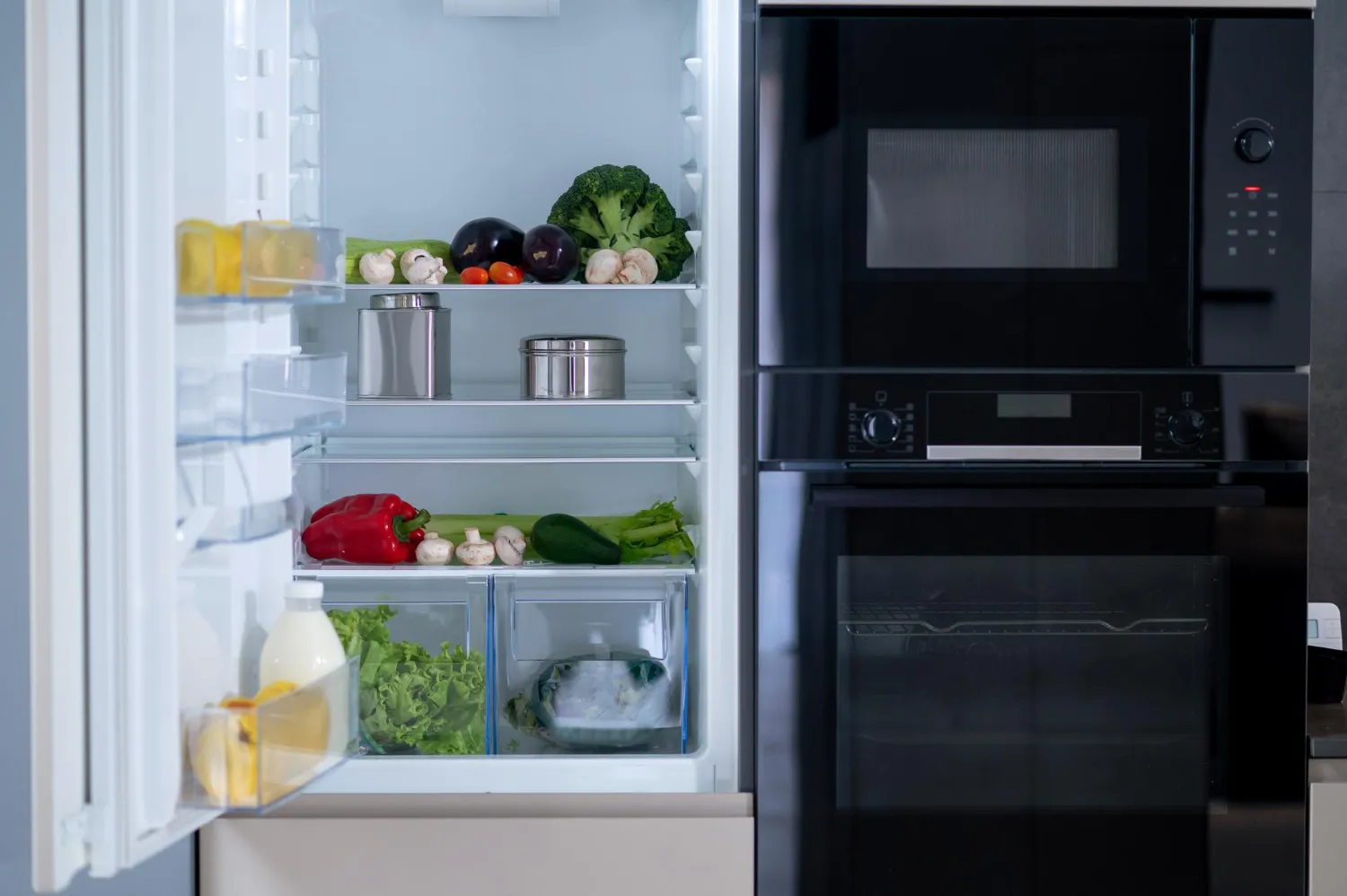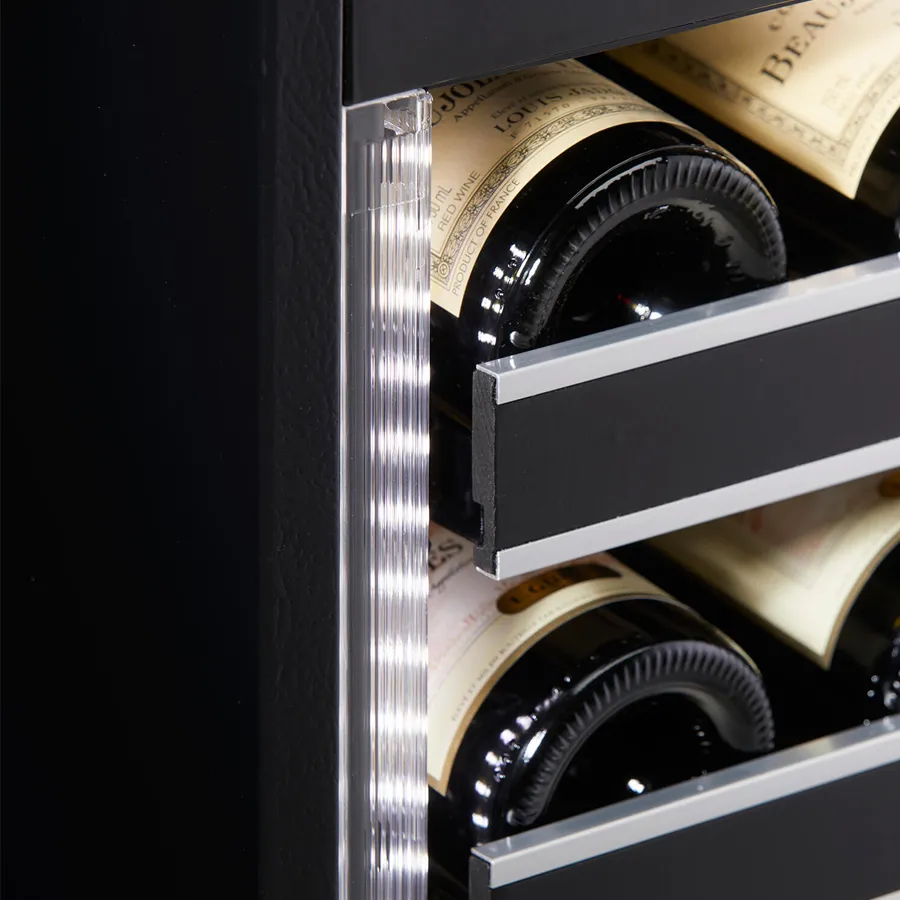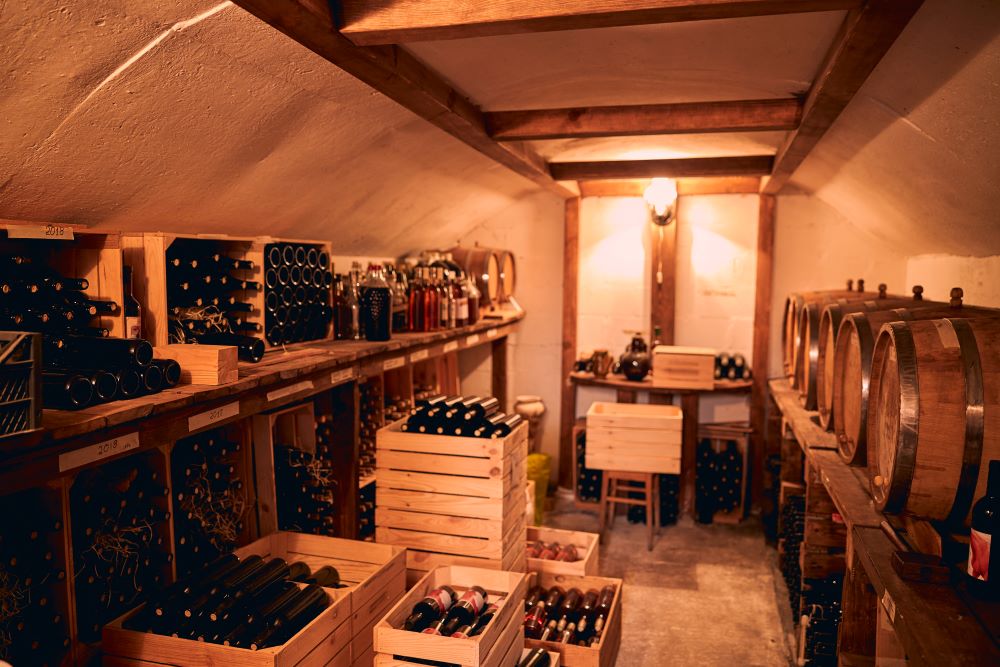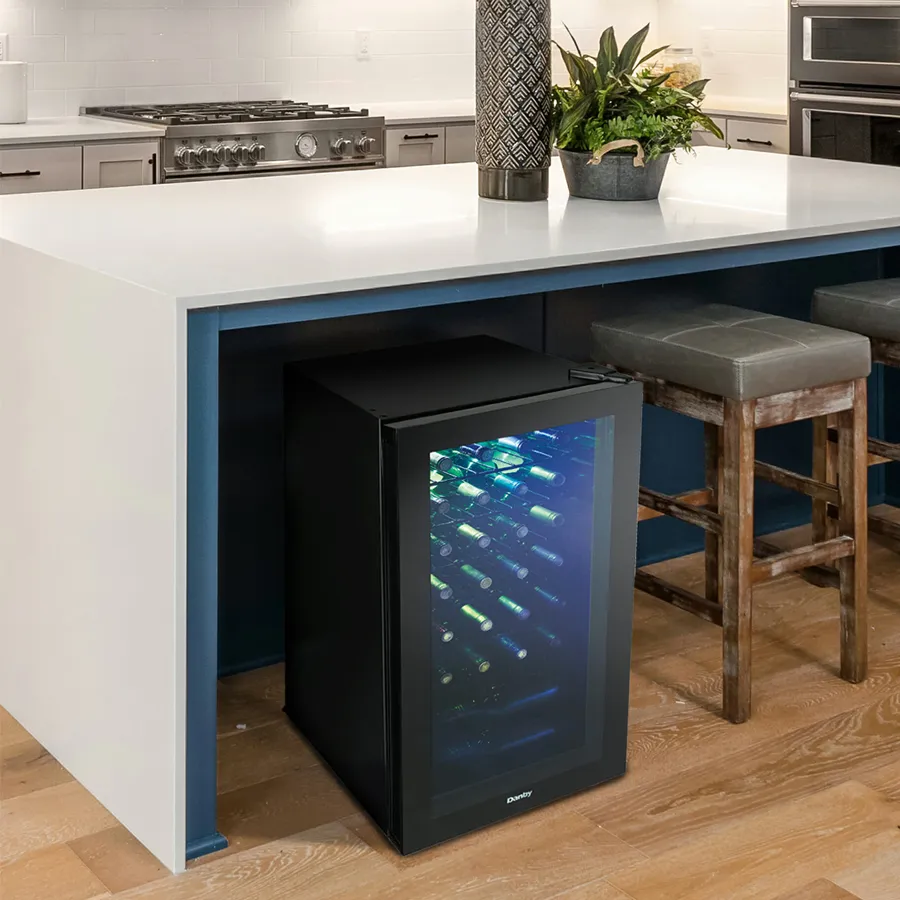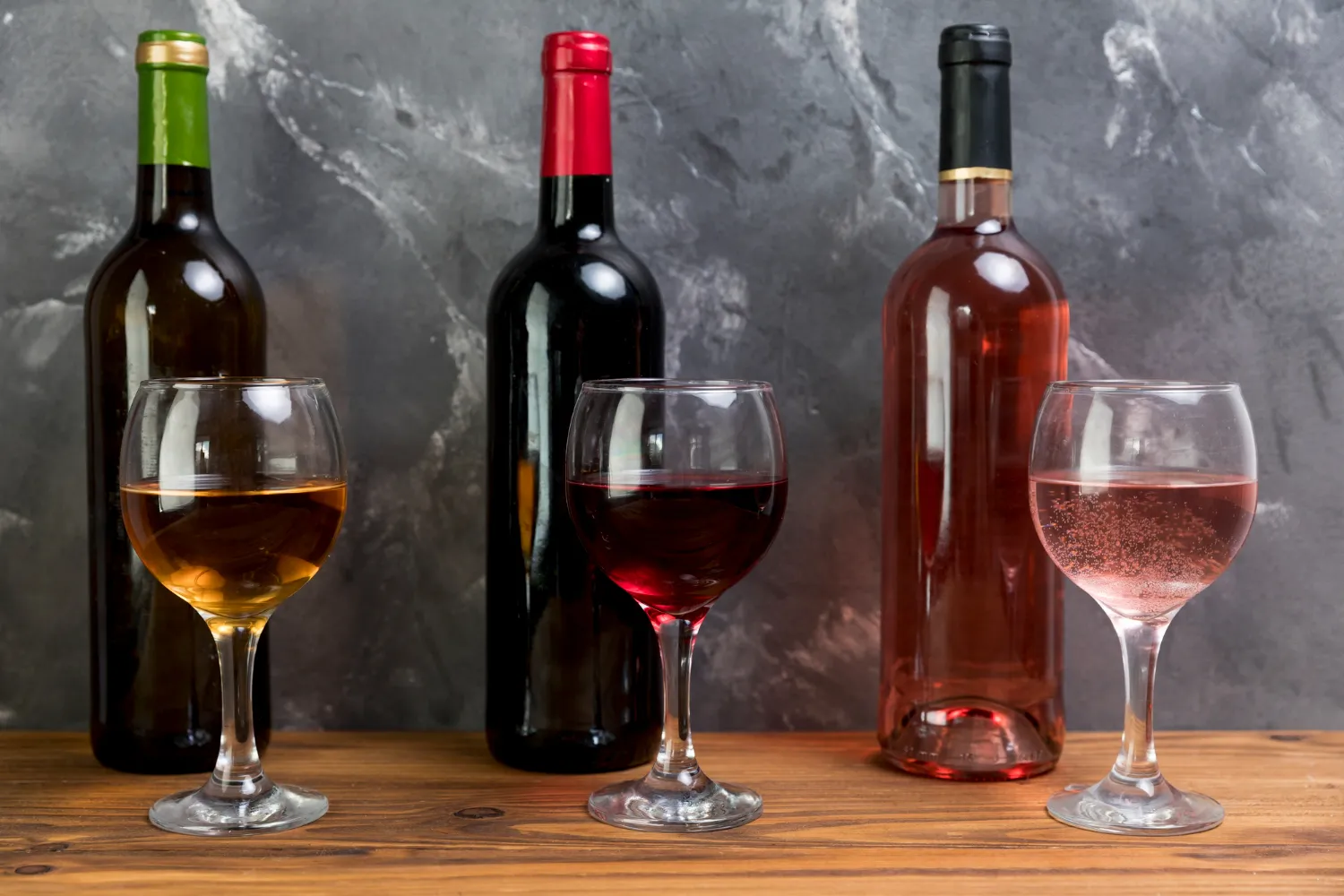In most cases, you should drink the wine you bought from a big box store within a year of buying it because it is only made for short-term storage. Wines that have a higher price tag or those that the winemaker has specifically told you to keep in a cellar are best enjoyed over the long haul. Vintners from the “old world,” i.e. the EU, typically recommend aging their wines. To age well, these wines will need particular circumstances.
About Factors Influencing Long-Term Wine Storage
Several important aspects greatly impact the success of your wine storage. If you want your wine to keep its quality when it’s in storage for a long time, you need to know and control these aspects.
- Temperature: The range of 45°F to 65°F is ideal for long-term wine storage.
- Humidity: 70-80% Humidity level is generally recommended for long-term wine storage.
- Light Exposure: Protect your wine from light damage, use UV-resistant covers for your wine bottles
- Vibration and Position: Long-term wine storage requires stability. Storage horizontally keeps the cork moist and in contact with the wine, reducing drying and oxygen entry.
- Wine Preservation: Well-designed wine cellars maintain a consistent temperature, humidity, and low light and vibration.
- Wine Bottle Considerations: Light may degrade wine, therefore dark glass bottles are best. Thicker glass bottles also insulate wine from temperature changes. Bordeaux bottles are best for red wines and Burgundy for whites.
- Corks vs. Screw Caps: Traditional wine corks enable a limited quantity of air to interact with the wine and age it. Mold and taint may degrade wine, but corks can too. However, screw caps seal better, reducing oxidation and contamination. Due to its dependability in protecting wine quality, screw caps are becoming more popular for long-term preservation.
Long-Term Wine Storage Solutions
However, not all wine storage solutions are created equal. It’s important to choose the right storage option to ensure the long-term preservation of your wine collection. There are several factors to consider when deciding on the best storage solution for your needs.
Wine Cellars and Coolers
Wine cellars and coolers are two of the most popular options for preserving wine for a long time. For smaller collections, wine coolers are a more space-efficient option; but, for larger collections, a wine cave provides an ideal environment with controlled humidity and temperature. There is a wide range of sizes and types of wine vaults to choose from. Keeping your wine in the ideal conditions for aging involves shielding it from heat, light, and temperature fluctuations, all of which may degrade its quality.
Wine Racks, Shelves, Off-site Storage Facility
Even if you don’t have access to a wine cellar or cooler, there are still ways to store your wine that will keep it in ideal conditions for years to come. A chilly, dark room in your house, for instance, can serve as an adequate storage space for temporary items, provided that you maintain a consistent temperature and humidity level. Furthermore, for the sake of your collection’s preservation, you may want to consider using an off-site storage facility that provides regulated humidity and temperature levels in addition to security features.
Conlusion: Long-Term Storage Conditions and Solutions
Knowing how to properly store wine for the long term is essential if you care about its flavor and quality. Your wine’s fragrances and tastes will last for years if you keep the temperature between 45 and 65 degrees Fahrenheit, regulate the humidity, and store the bottles on their sides to keep the cork wet. To further preserve the delicate composition of wine, it is best to keep it in a dark, vibration-free place. If you take care to preserve your wine according to these rules, you can be sure that it will age gracefully and provide you with unforgettable tasting experiences down the road.
